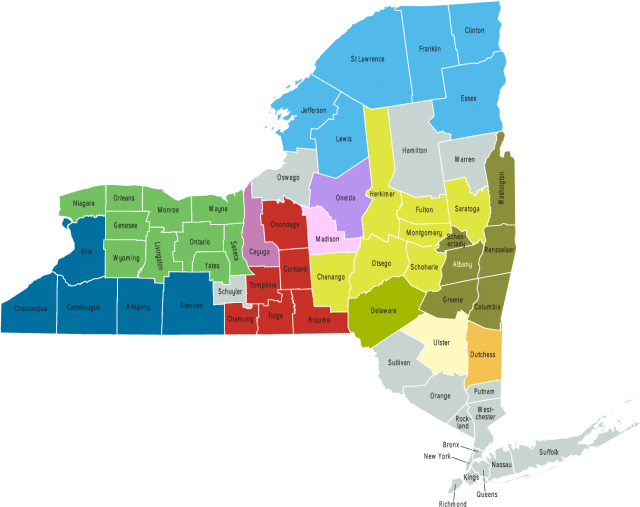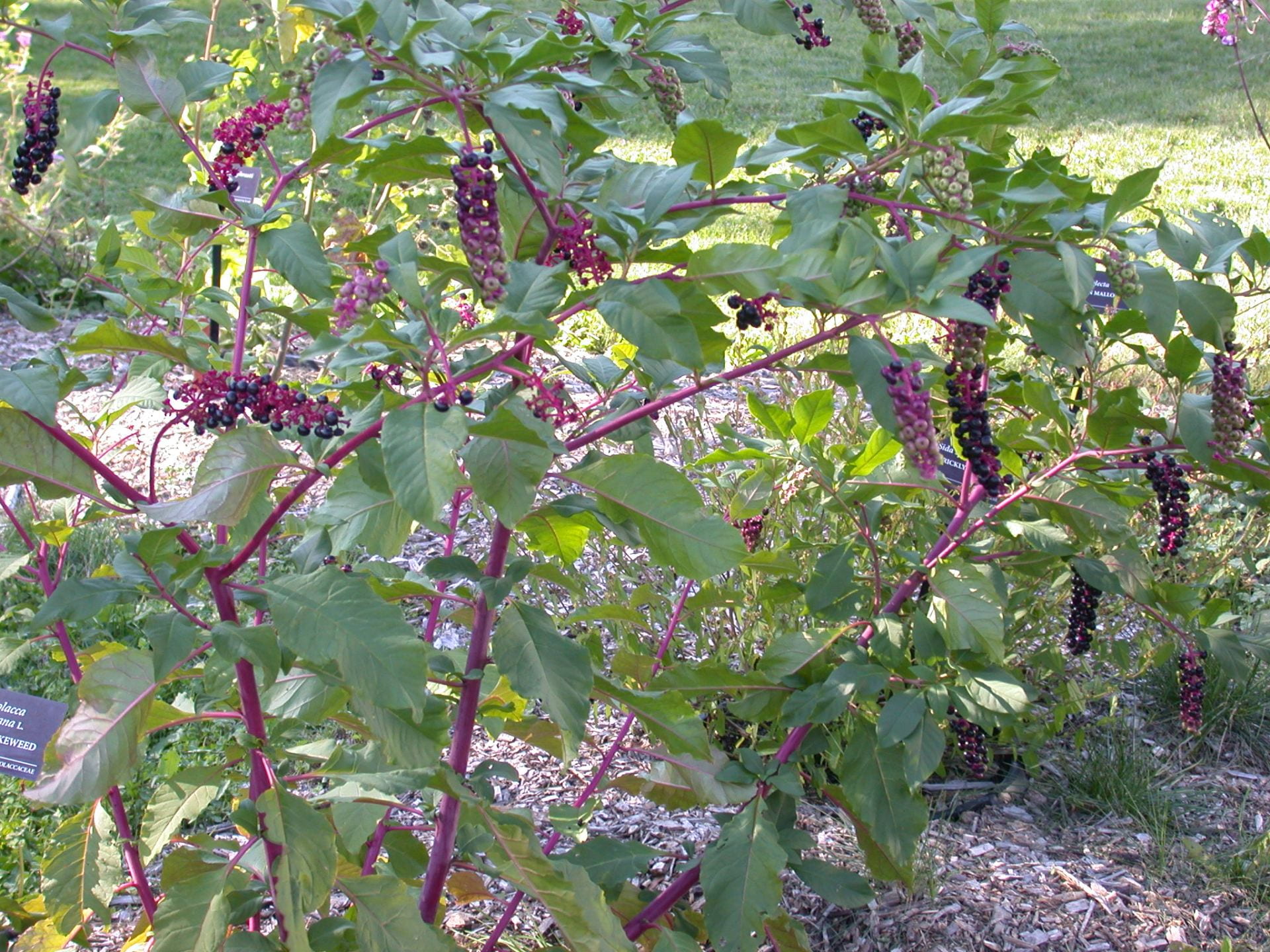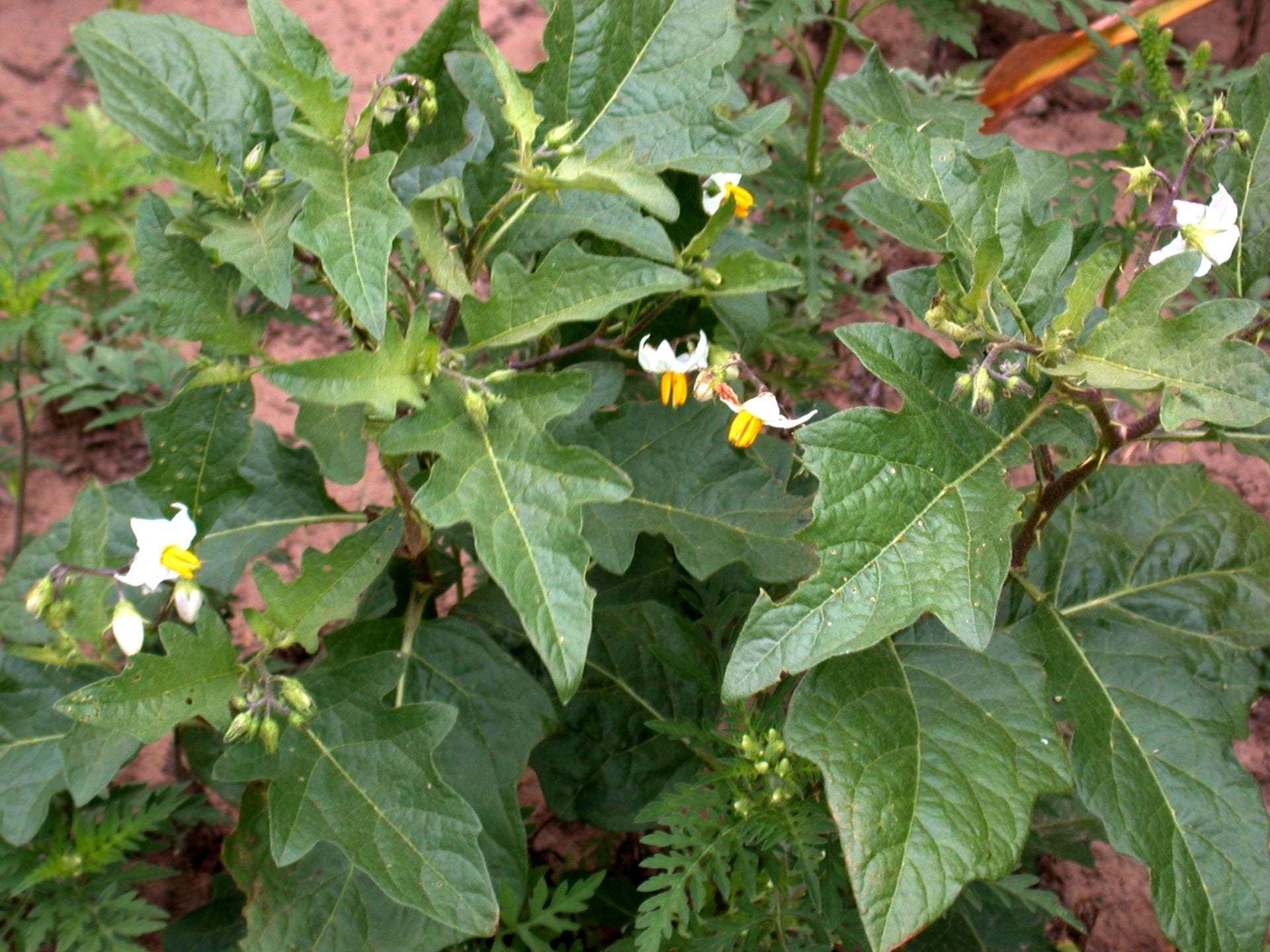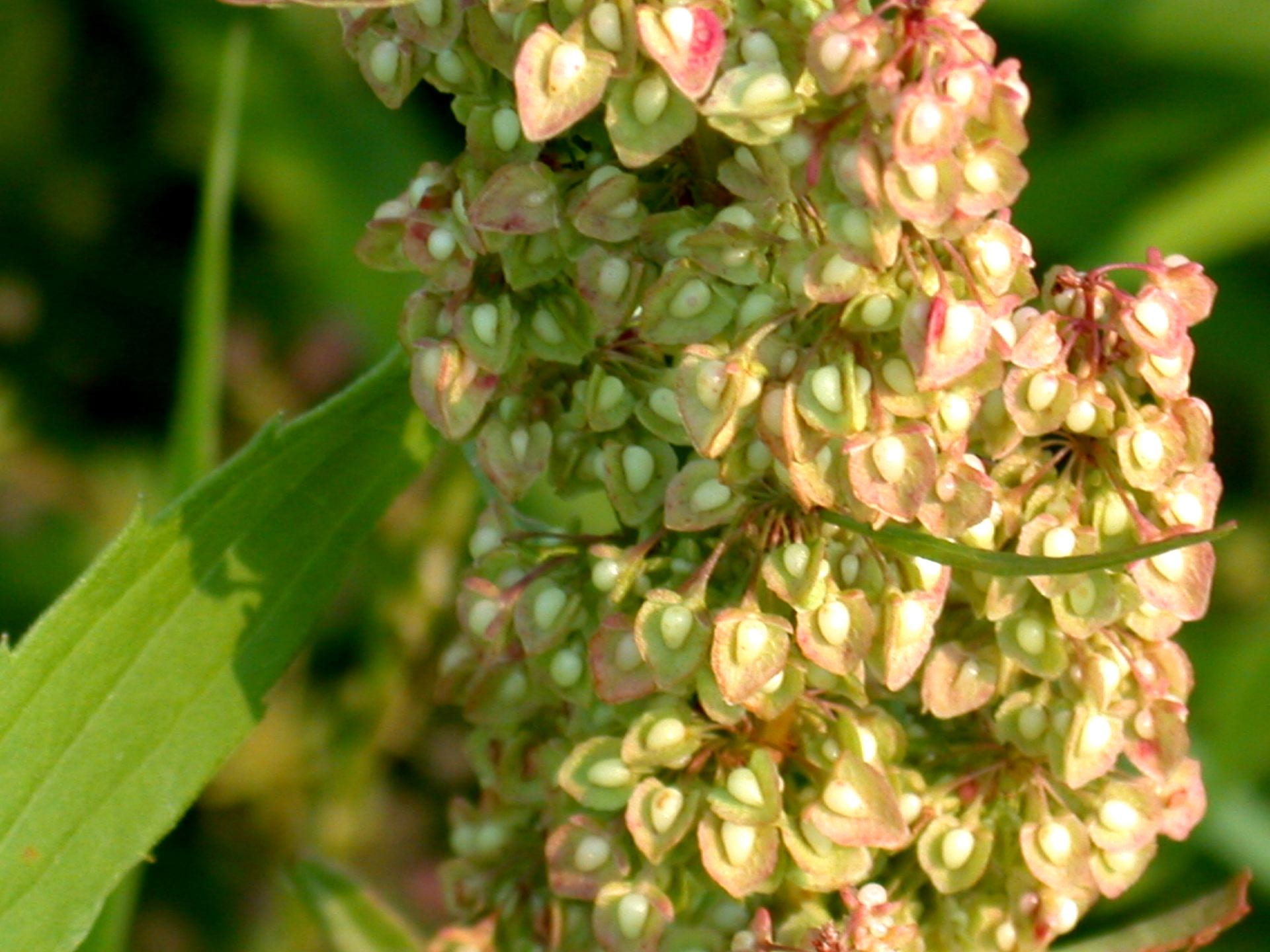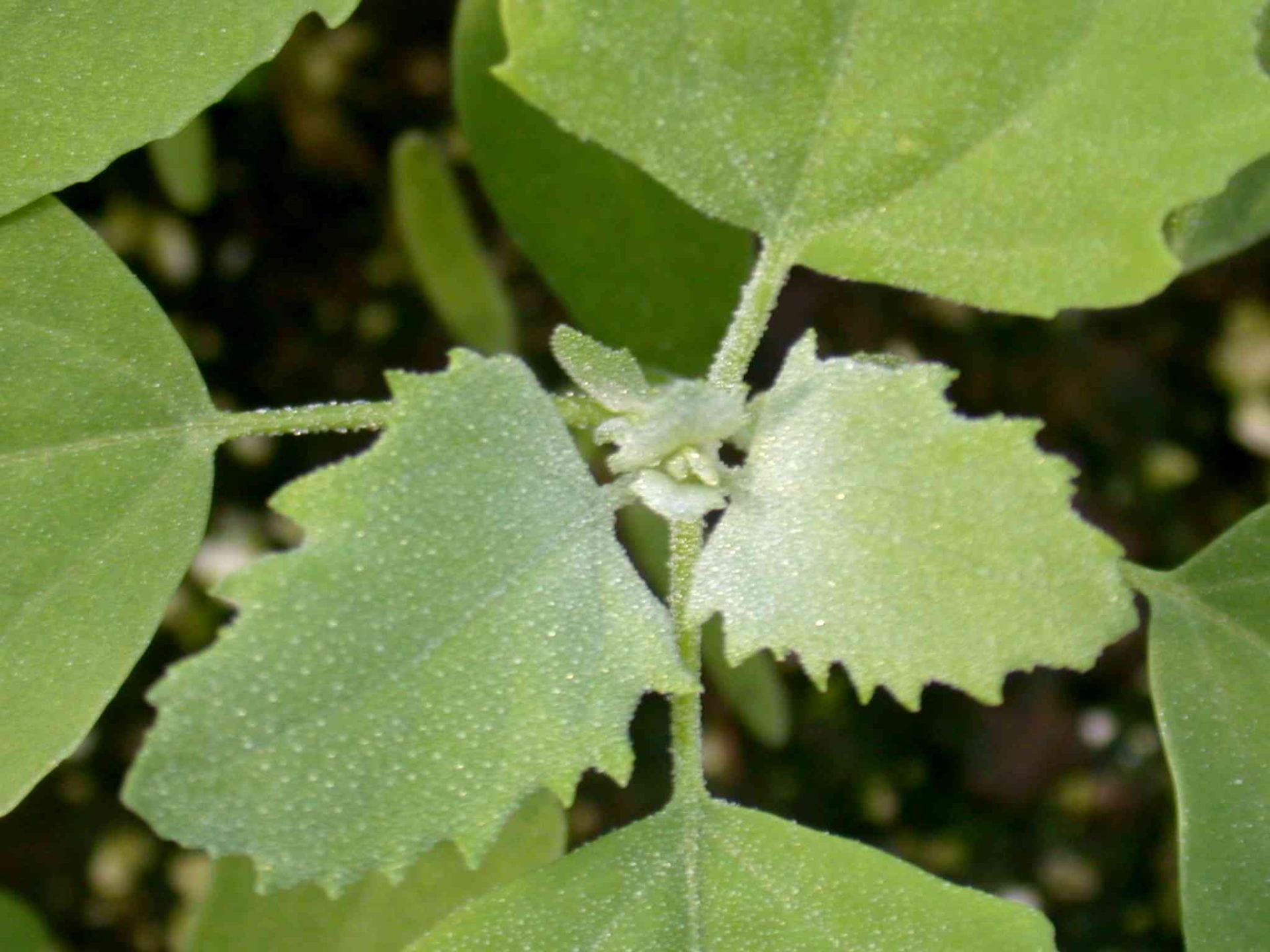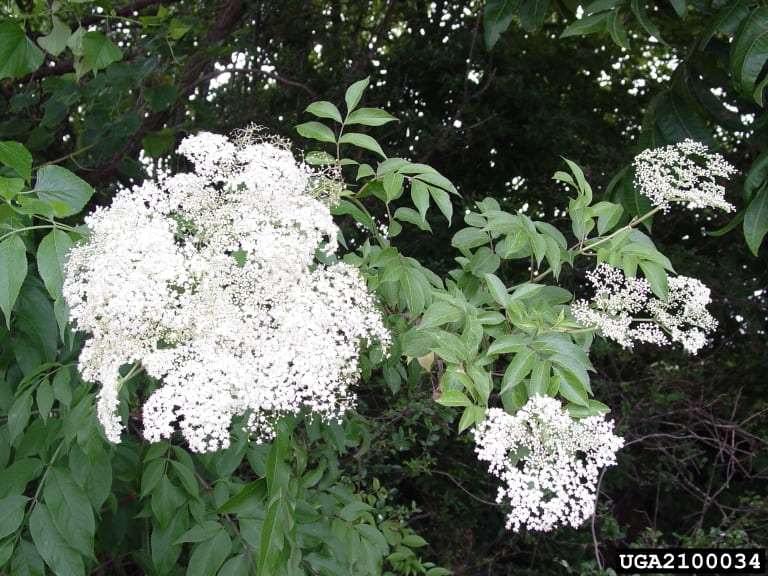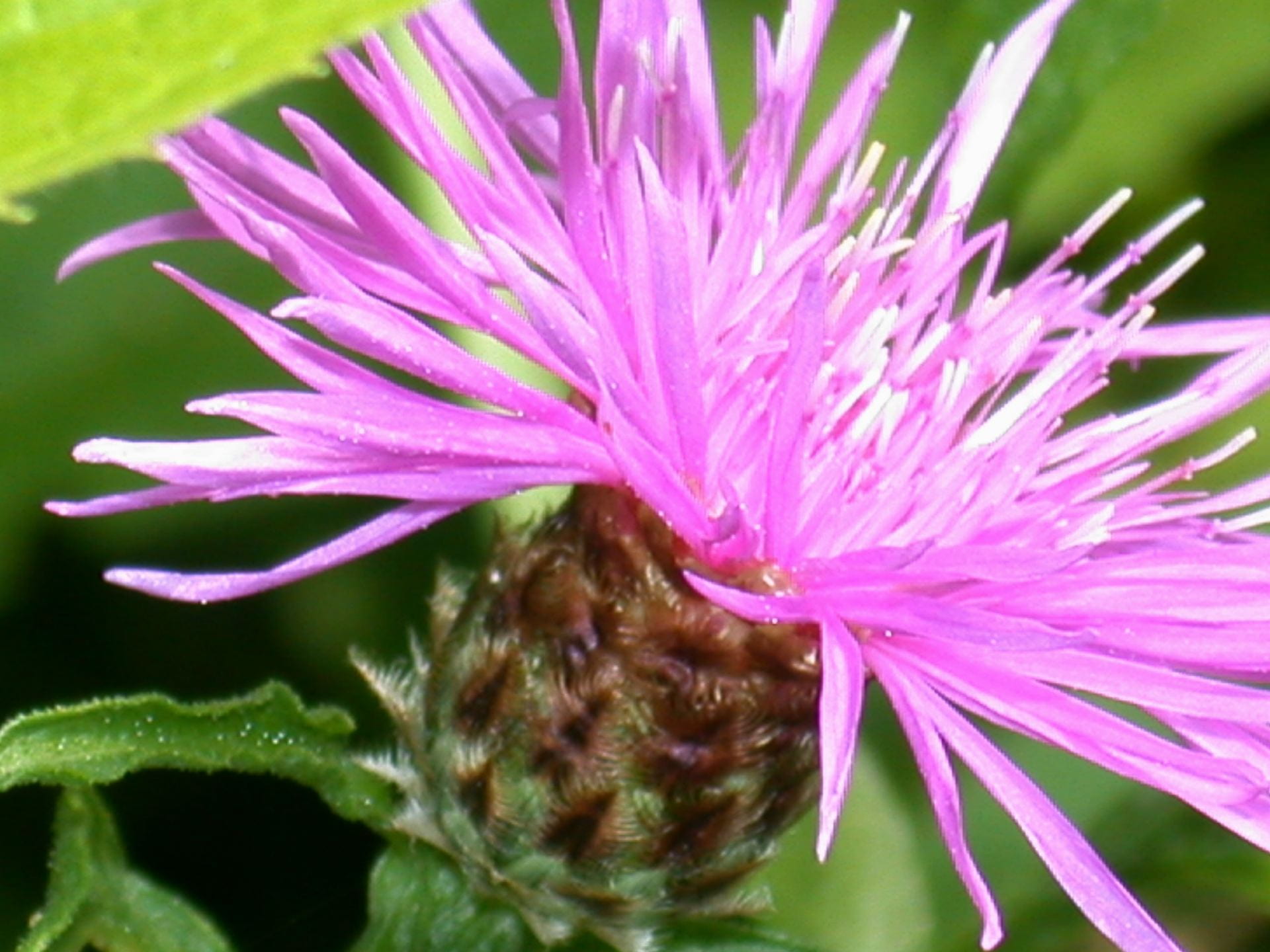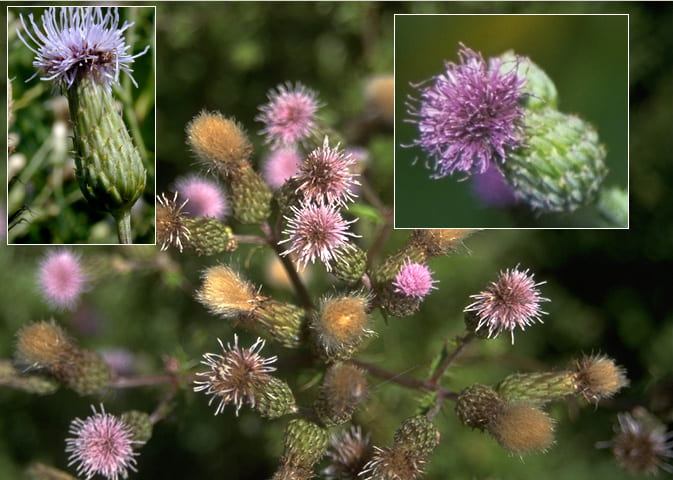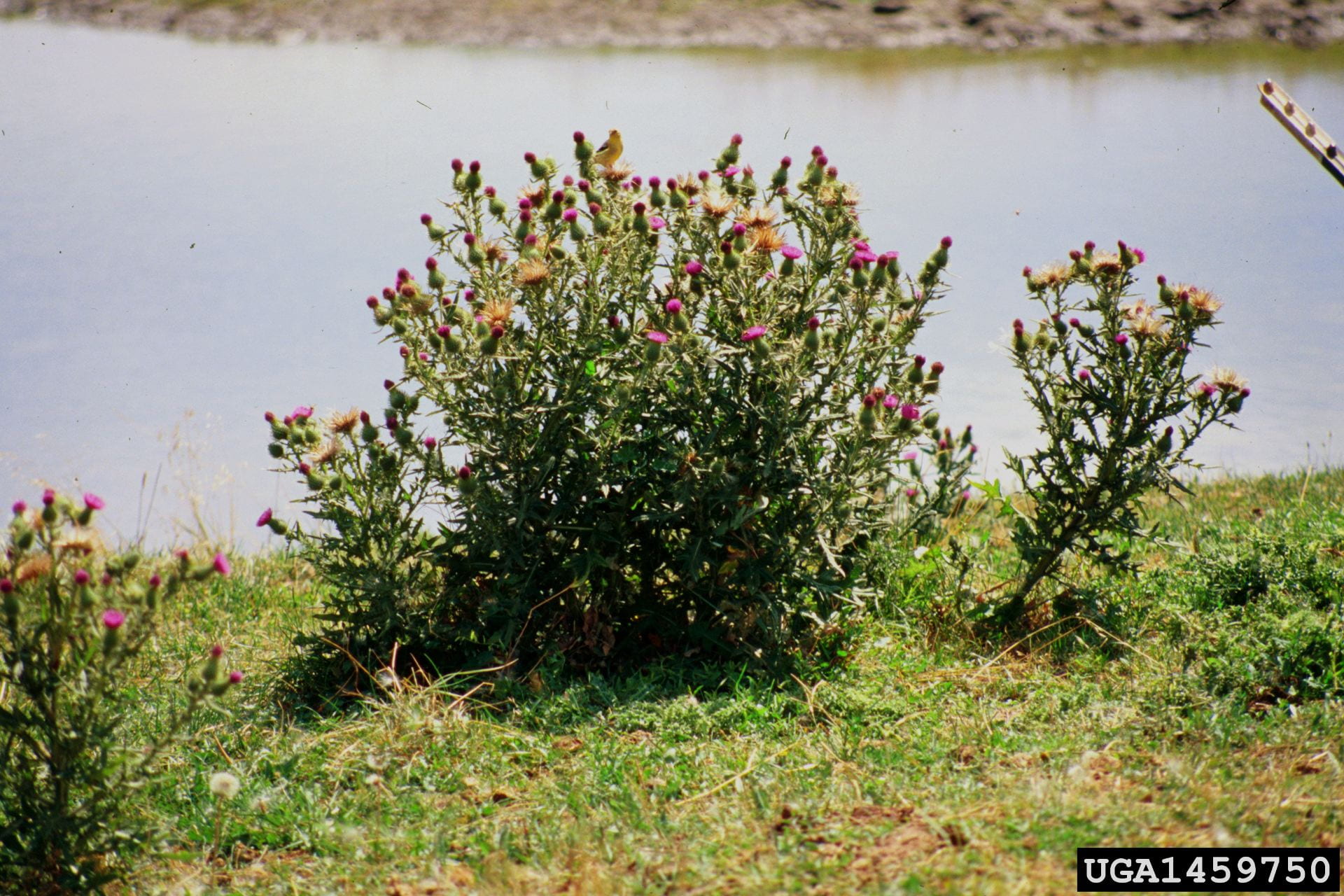Pasture for livestock plays an important role in New York State agriculture. Cornell University is heavily invested in New York’s livestock industry, supporting many faculty who research livestock health, weed and pest research, and resources for farm management. Scroll down for links to problem and common weeds of New York’s pastures.
The statewide CCE Field Crops extension team provides on-the-ground advice and support on pasture and hay production farmers around the state.
The Cornell Field Crops forage website provides timely information on forage selection and management.
Problem Weeds
The weeds below are species that have been selected by several New York extension educators and researchers as problem weeds in our pastures due to their toxicity to livestock.
Common pokeweed (Phytolacca americana)
Wild parsnip (Pastinaca sativa)
Giant hogweed (Heracleum mantegazzianum)
Jimsonweed (Datura stramonium)
Poison hemlock (Conium maculatum)
Cow parsnip (Heracleum maximum)
Horsenettle (Solanum carolinense)
Redroot pigweed (Amaranthus retroflexus)
Palmer amaranth (Amaranthus palmeri)
Curly dock (Rumex crispus)
Common lambsquarters (Chenopodium album)
Additional Poisonous Plants:
Dogbane (Apocynum cannabinum) – Contains cardiac glycosides in all plant parts. Results in abdominal pain, irregular heartbeat, and death. Horses and cattle impacted most often. Typically poisoning only when there is a lack of other forage available. For more information visit Colorado State University’s Guide to Poisonous Plants https://csuvth.colostate.edu/poisonous_plants/Plants/Details/49
Perilla mint (Perilla frutescens)- Though not widely reported in NYS, still present in some counties. Contains furan ketones in all parts of plants. Toxins predominantly affect cattle, rarely sheep and horses. Causes respiratory distress syndrome/panting disease by causing inflammation of lungs limiting breathing ability and leading to eventual death. For more information see Purdue University Extension’s Weed Management in Pastures: Beefsteak Plant (Perilla mint) https://www.extension.purdue.edu/extmedia/BP/WS-43-W.pdf
Yellow toadflax (Linaria vulgaris)- Toadflax contains glucosides that can be toxic to livestock if consumed in large quantities. Poisonings are rare but possible. For more information see University of Wisconsin-Madison Extension’s page on yellow toadflax https://hort.extension.wisc.edu/articles/yellow-toadflax-linaria-vulgaris/
Poisonous Trees
For information on poisonous trees to be aware of and monitor for in and around pastures, please visit the following page https://blogs.cornell.edu/weedid/poisonoustreesofpasture/
Maple spp.
Elderberry
Oak spp.
Common Weeds
These weeds were selected by one or two extension experts and/or researchers as problems in New York’s pastures but do not pose a threat to livestock with toxicity.
Spotted knapweed (Centaurea maculosa)
Canada thistle (Cirsium arvense)
Bull thistle (Cirsium vulgare)
References
Cornell University School of Veterinary Medicine’s “Plants Poisonous to Livestock” database
Upstate New York Poison Center: poisonous plants handout

